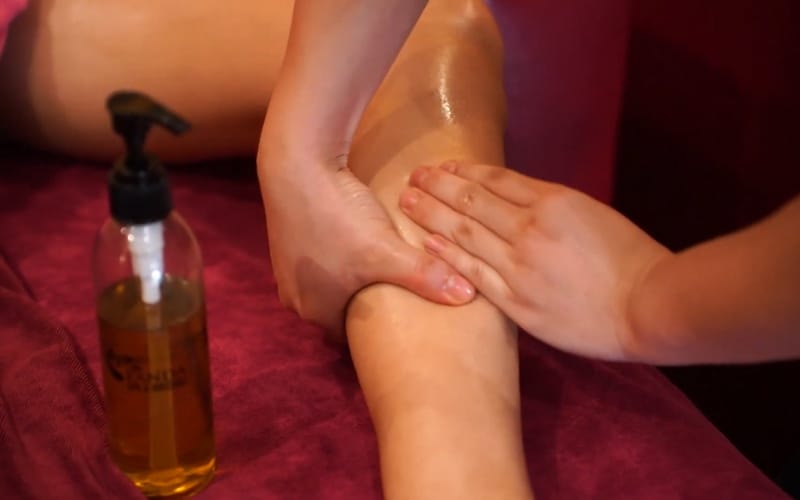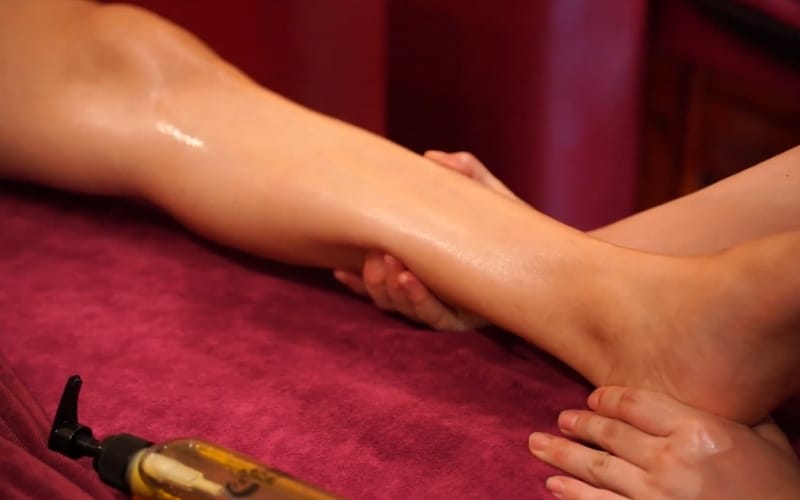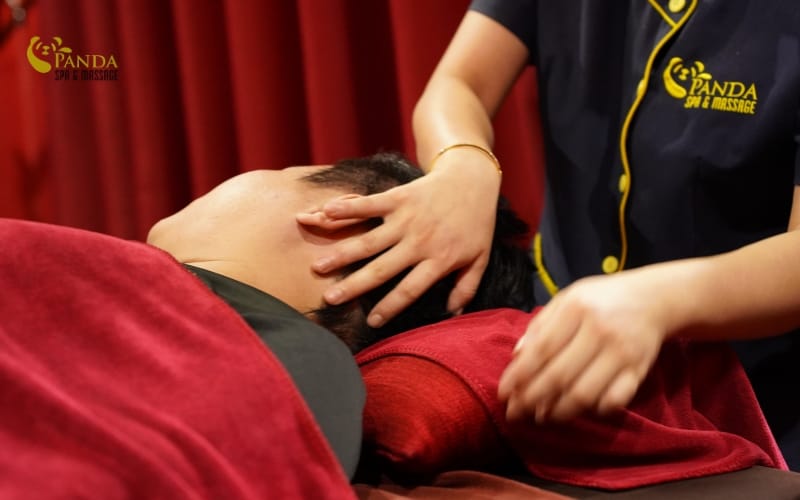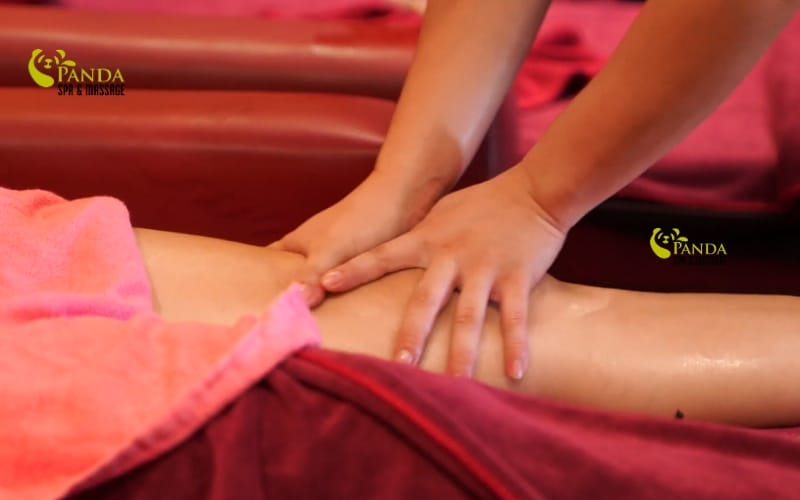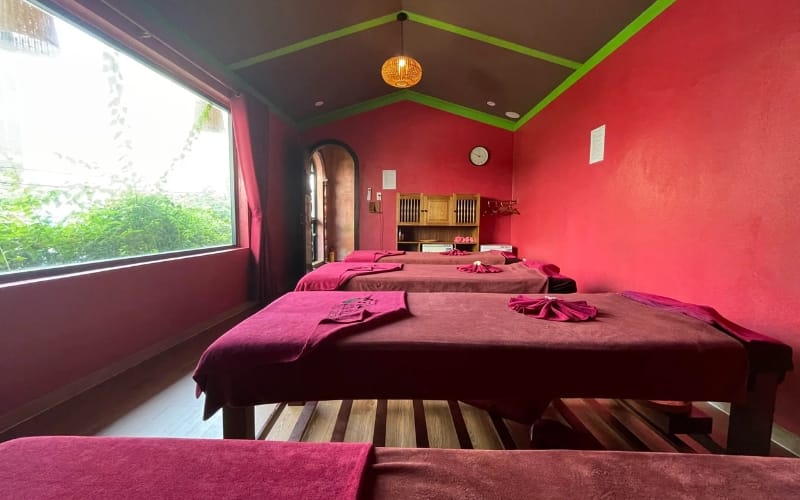Caring for Skin After a Facial Peel
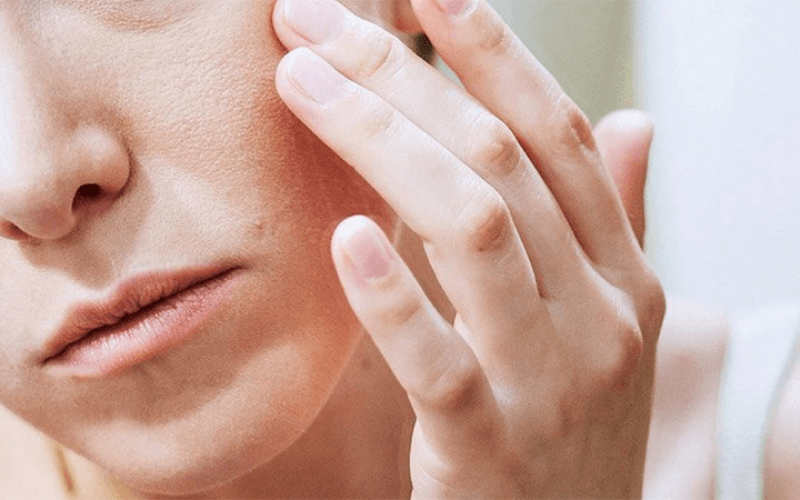
Skin after a facial peel becomes sensitive and requires proper care to recover quickly, avoid irritation, and achieve a bright, smooth complexion. This guide, verified by dermatologists from Panda Spa, provides detailed instructions.
1. What is a Facial Peel and Why Does It Require Special Care?
A facial peel uses AHA, BHA, or salicylic acid to remove dead skin cells and promote regeneration. This process thins the skin, making it more vulnerable. According to Bioderma, post-peel skin needs hydration and protection to prevent irritation.
1.1. Common Symptoms After Peeling
After a peel, skin often shows redness, flaking, or mild itching. According to Long Châu Pharmacy, about 80% of people experience mild redness for 1–3 days.
| Symptom | Cause | Solution |
|---|---|---|
| Redness | New skin exposed to the environment | Use saline solution or soothing cream |
| Flaking | Natural skin renewal | Intensive moisturizing, avoid manual peeling |
| Mild itching | Sensitive skin reaction | Aloe vera mask, consult a doctor |
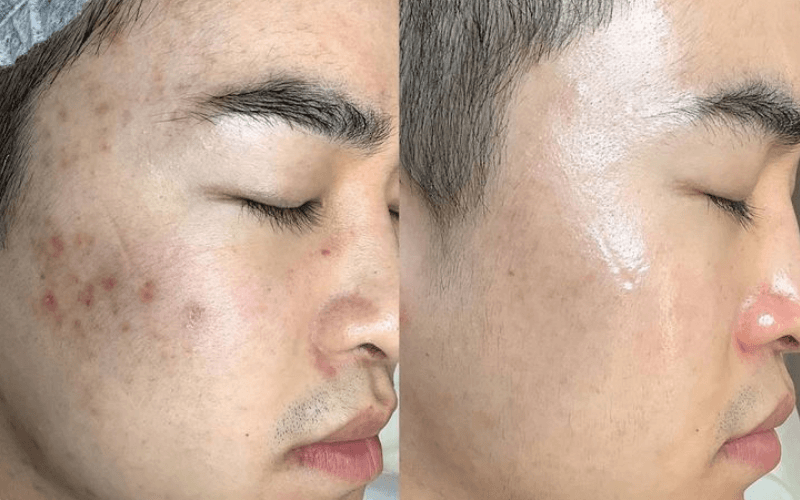
1.2. Why is Post-Peel Skin More Sensitive?
After a peel, the old keratin layer is removed, exposing a thinner, less protected new skin layer, which is easily affected by the environment and cosmetics.
- Temporary loss of protective barrier: Skin loses moisture, becomes dry, and is prone to irritation.
- Increased UV sensitivity: New skin is prone to hyperpigmentation without proper protection.
- Sensitivity to chemicals: AHA, BHA, retinoids, or alcohol may cause redness or damage.
- Higher infection risk: Damaged skin is susceptible to bacteria, especially with improper care.
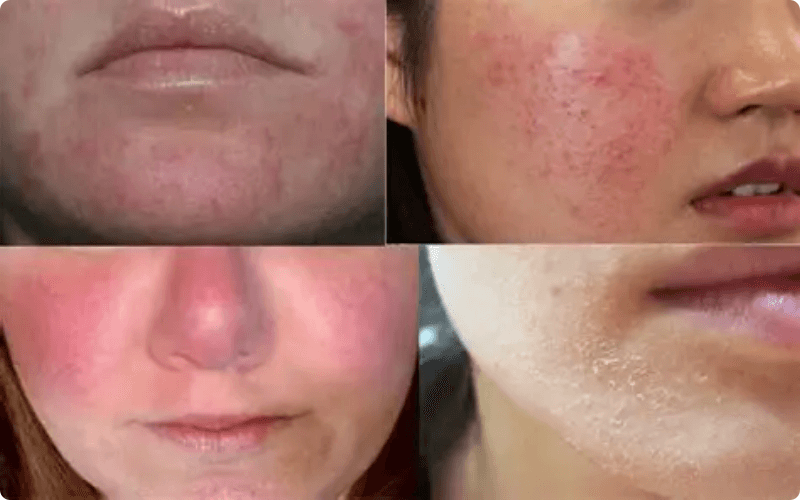
3. Six Steps to Care for Skin After a Peel
Follow these six medically-approved steps to achieve radiant skin after a peel, as recommended by L’Occitane.
Step 1: Proper Cleansing
For the first 1–3 days, use saline or clean water. Gentle cleansers (pH 5.5–6.5), like those recommended by O2 Skin, can be used afterward. Avoid hot water.
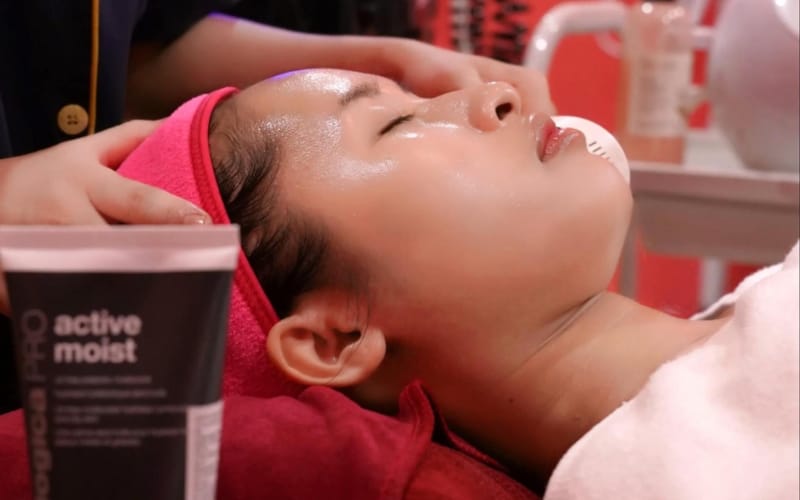
Step 2: Soothing with Masks
Aloe vera or hyaluronic acid masks reduce redness and hydrate. Ritana notes natural masks are effective. Choose alcohol-free products.

Step 3: Intensive Moisturizing
Ceramide or hyaluronic acid creams (e.g., Cerave) speed recovery by 30%, per Long Châu Pharmacy. Apply twice daily.
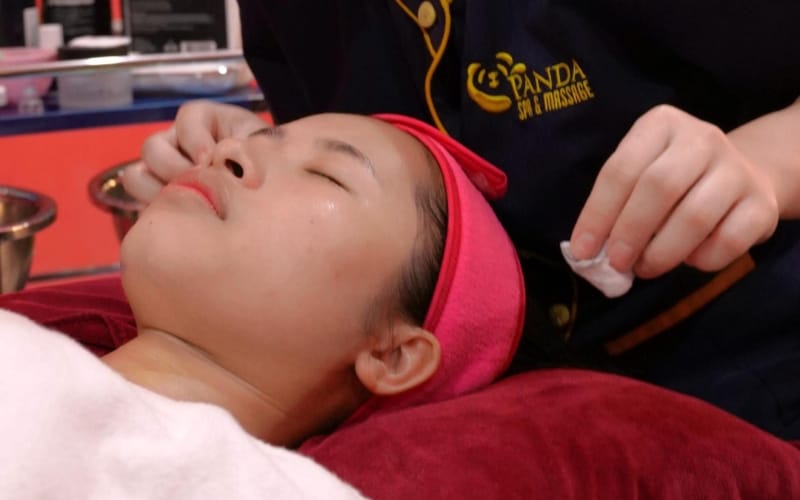
Step 4: Sun Protection
Use SPF 30+ (PA+++) sunscreen, reapplying every 2–3 hours, as advised by L’Occitane.
- Bioderma Photoderm: SPF 50+, non-irritating.
- La Roche-Posay Anthelios: Lightweight, suitable for new skin.
- Cerave AM: Combines moisturizing and sun protection.
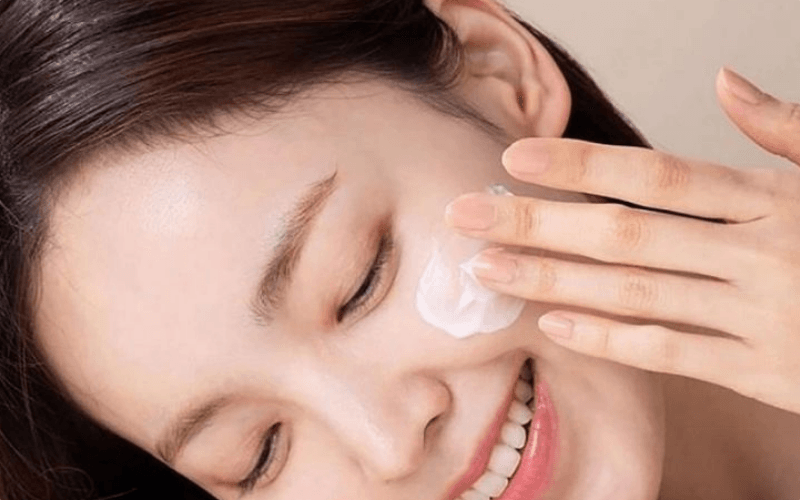
Step 5: Avoid Irritants
Avoid AHA, BHA, retinoids, or alcohol-based products for 7–10 days, per Bioderma’s warning.
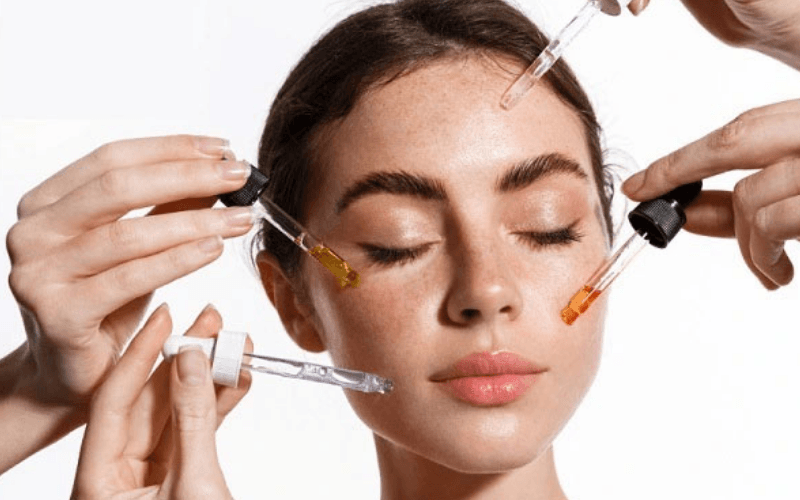
Step 6: Monitor and Consult a Doctor
Monitor for prolonged redness or infection. Tâm Anh Hospital advises consulting a dermatologist if symptoms persist beyond 5 days.
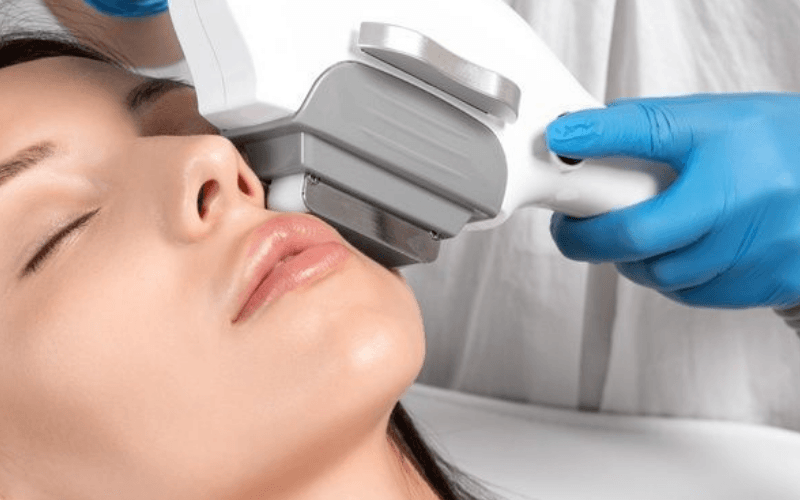
4. Mistakes to Avoid After Peeling
Sun exposure, harsh products, or manually peeling skin are common mistakes. Ho Chi Minh City Dermatology Hospital notes 15% of peel cases face complications due to improper care.
4.1. Dangers of Manually Peeling Skin
- Increased infection risk: Bacteria from hands can cause acne or swelling.
- Scarring and hyperpigmentation: Premature peeling tears the epidermis, causing scars or dark spots.
- Prolonged recovery: Skin takes longer to heal.
- Widespread irritation: Peeled areas become redder and more sensitive.

4.2. Risks of Using Unsuitable Cosmetics
- Strong irritation: AHA, BHA, retinoids, or alcohol cause redness or swelling.
- Moisture imbalance: Harsh cleansers dry out skin, increasing flaking.
- Hyperpigmentation risk: Lack of proper sunscreen leads to dark spots.
- Cross-reactions: Incorrect ingredient combinations cause redness or acne.
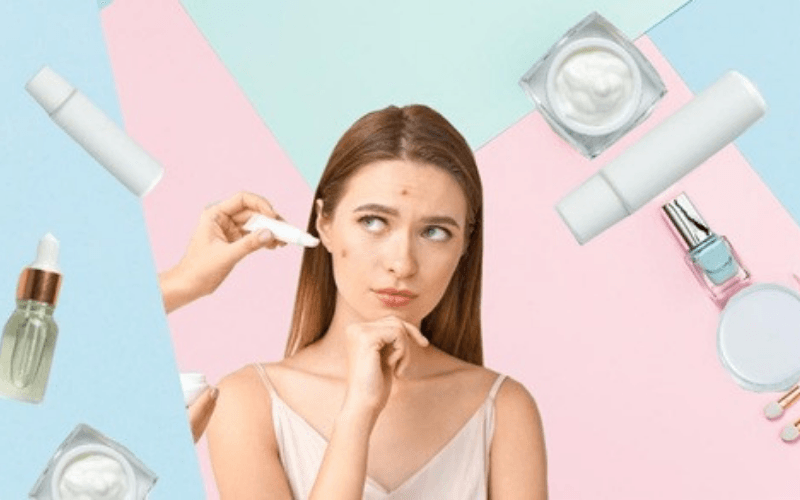
FAQ: Common Questions About Post-Peel Care
When can I wear makeup after a peel?
Wait at least 5–7 days and use light mineral makeup to avoid irritation.
How long does redness last after a peel?
Redness typically lasts 1–3 days. Consult a dermatologist if it persists.
Can I use sheet masks after a peel?
Yes, choose alcohol-free masks with aloe vera or hyaluronic acid, used 2–3 times weekly.
Conclusion
Follow Panda Spa’s post-peel care routine for radiant skin. Contact Panda Spa for moisturizers, sunscreens, or dermatology consultations!
Read more: Best Facial Care Treatments in Da Nang – Panda Spa
——————————————————————— Hotline: 038.3967.775 / 070.818.5397 Email: booking@pandaspa.vn Messenger: Panda Spa Da Nang Kakao Talk: Panda Spa Da Nang Naver: Panda Spa Da Nang Tripadvisor: Panda Spa & Massage In Danang City Address 1: 229 Nguyen Van Thoai, Son Tra – Da Nang Address 2: 225 Nguyen Van Thoai, Son Tra – Da NangCONTACT NOW
